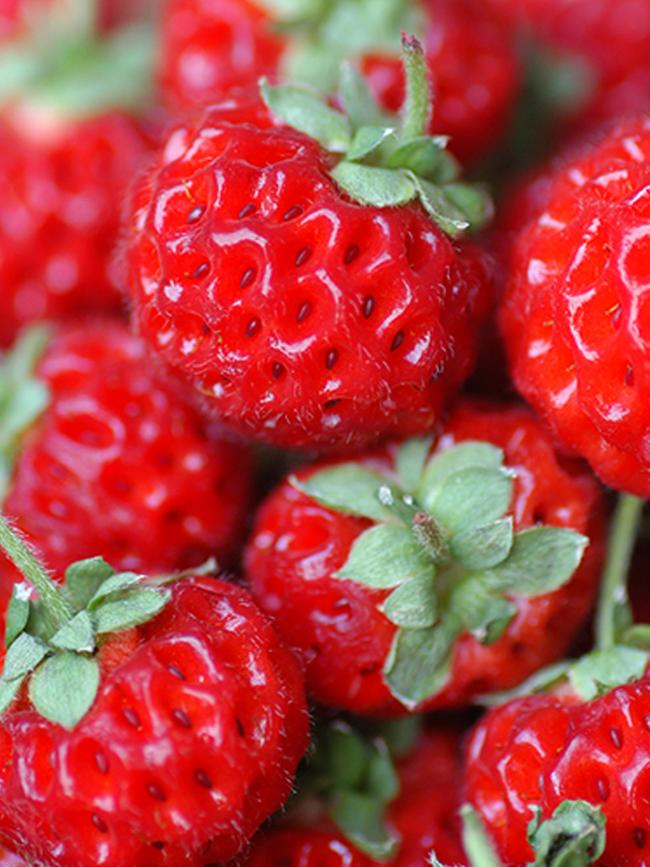A silky solution to the problem of wasted food?
Researchers develop a silk-based coating that seems to protect fruit from deteriorating for days without refrigeration.
Food waste is a big problem, and fresh produce is particularly vulnerable. Largely due to spoilage, 40-50 per cent of the world’s fruit and vegetable output is wasted, according to a UN estimate, along with a great deal of labour, water and energy.
Researchers at Tufts University (some of whom have since moved elsewhere) developed a technology that may cut those losses.
It’s an invisible, silk-based coating that seems to protect fruits from deteriorating for days without refrigeration — a feature that offers the prospect of substantial energy savings as well.

The scientists found that strawberries dipped several times in a water-based solution containing just 1 per cent of a biodegradable silk protein called fibroin endured for a week at room temperature with little apparent deterioration. Strawberries that weren’t dipped in the solution changed colour and became dehydrated under the same conditions, on their way to going bad.
Fiorenzo Omenetto, one of the scientists, says that the coating works by inhibiting fruit respiration. Uncoated strawberries release carbon dioxide, oxygen and water vapour in a process that eventually leads to spoilage, but a few dips in the silk solution limited this discharge.
The key, Dr. Omenetto says, is getting the silk protein to form the proper crystalline structure, which is done by treating the dipped strawberries with water vapour. Once they are picked, strawberries do not ripen any further. Bananas do, and the researchers found that their technology slowed their ripening.
Silk is produced from the filament of cocoons made by domesticated silkworms. Although best known for its desirable qualities in cloth, silk yields derivatives that have long been used for other purposes. Recently, for example, silk protein has been incorporated into hair-care products.
Silk also has several biomedical uses. It has been used for centuries to suture wounds, and in a new paper on their research, the Tufts scientists report that silk fibroin films have been “used as biocompatible and biodegradable substrates for implantable electrodes to be applied on the brain.” Silk fibroin has also shown promise in laboratory efforts to regenerate human corneal tissue that is less prone to rejection after implantation in patients.
Silk has been used in foods before — for instance, in edible sensors that can monitor the ripening of fruit and the ageing of cheese. In Asia, Dr. Omenetto notes, hydrolysed silk is sometimes used as a protein additive in noodles, candy and other foods. (The silk coating used on the lab strawberries doesn’t add significant protein.)
The proof is in the eating: The scientists say that their coating is odourless and edible, but the experiment didn’t allow for them to eat the berries. Dr. Omenetto, who has tried eating silkworms, suspects that the coating is flavourless.
“Silk Fibroin as Edible Coating for Perishable Food Preservation,” Benedetto Marelli, Mark A. Brenckle, David L. Kaplan and Fiorenzo G. Omenetto, Scientific Reports (May 6)


